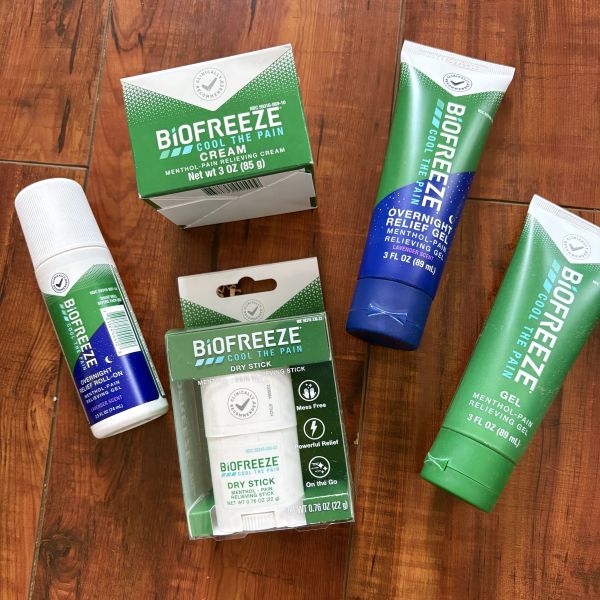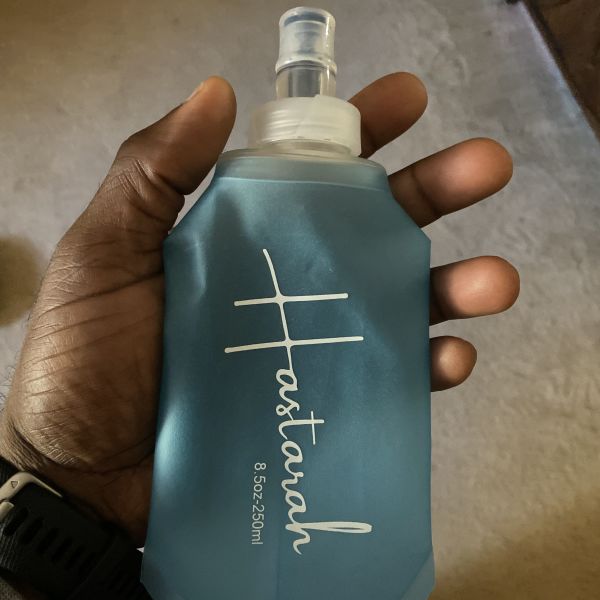
I've been using Runalyze for the past 6 months to track and analyze my training. Previously, I've used FinalSurge and TrainingPeaks (and the good old Excel spreadsheet). Runalyze is easy to use, customize and work with, and has made analysis of my training significantly more straightforward.
If you already track your workouts with a Garmin (or other GPS-enabled device), or upload activities to Strava, adding an automatic sync to Runalyze is a simple process.
Once your activity is synced, Runalyze will analyze your pace, time, and HR data to assign a TRIMP score to the run. For the nerds out there, TRIMP is an abbreviation for Training Impulse, which is a method of quantifying an effort by duration and heart rate.
This data is used to weight workouts, and to assign an Effective VO2max score to each run. These runs are then weighted by the software to provide an assessment of your fitness, as well as predicted performances.
Obviously, training software can only do so much. A complete training plan needs to take much more than duration and heart rate into account. However, I have found Runalyze's analysis and predictions to be reasonably accurate. It has also made ensuring my training plan is remaining at optimal levels of stress much easier than other software.
The major drawback to the software is the inability to plan workouts and export them to your device, as well as the inability to lay out a training cycle. I'm still using the spreadsheet method, although the developers behind Runalyze are actively working on these two features.
If you're a runner who loves data (and fun data visualization), or is developing/following a training plan and want intuitive input based on your effort levels, Runalyze could be a great choice. In my opinion, it is easier to use than TrainingPeaks for FinalSurge, plus, it's much more affordable.
Login to your account to leave a comment.






We Want to Give it to You!
